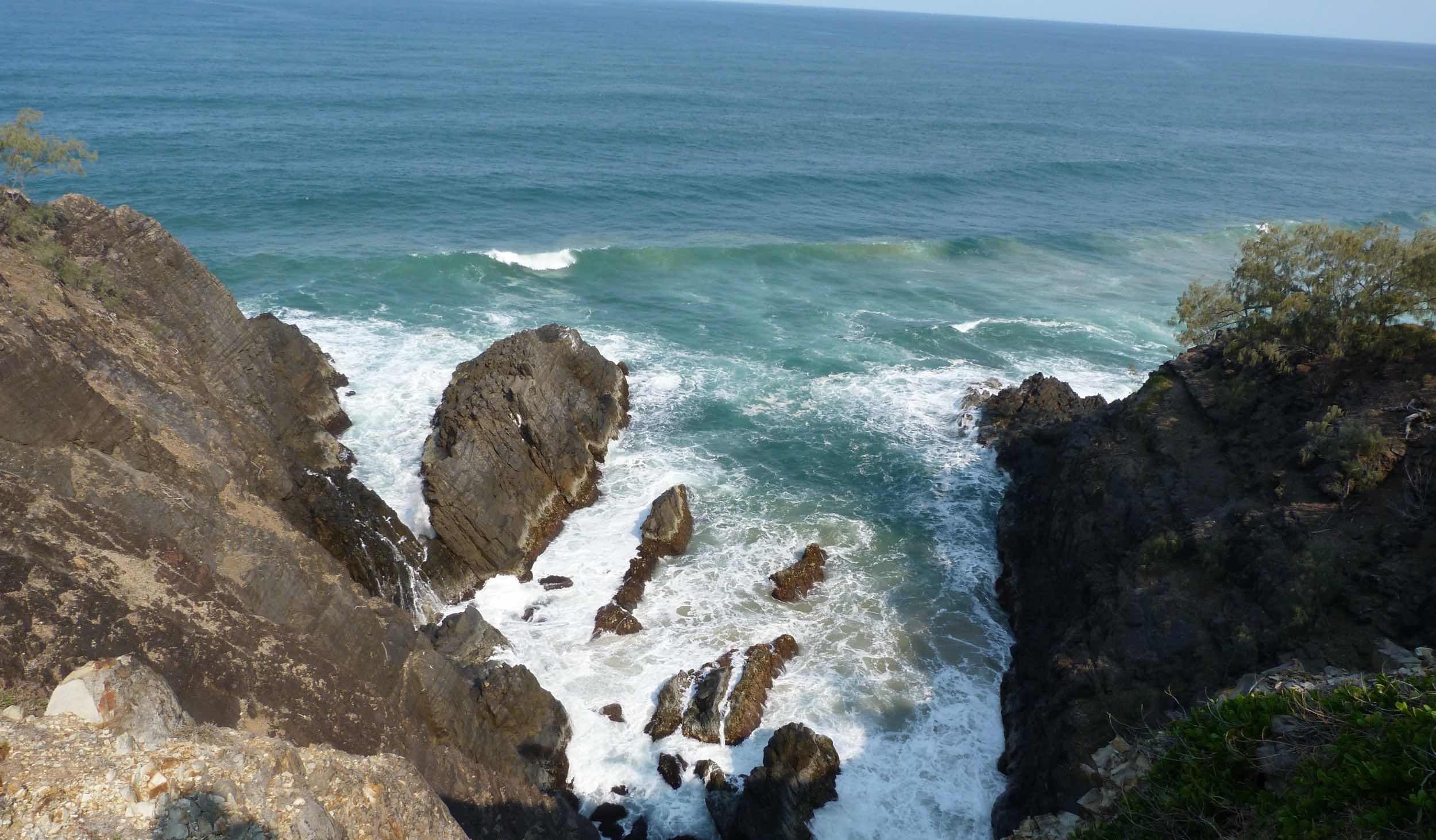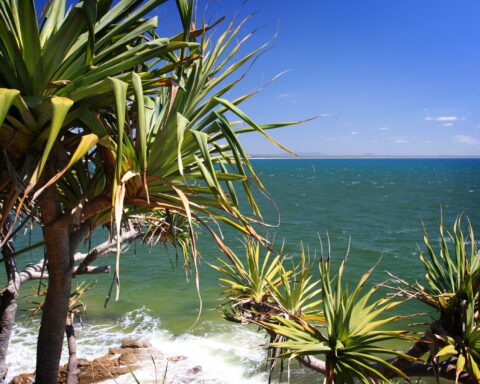Hells Gate Noosa, a natural marvel within the Noosa National Park, is a destination that captivates the hearts of many. Its allure lies in its panoramic coastal views and its rich history and geological significance.
This guide aims to provide an in-depth exploration of Hells Gate Noosa. We delve into its formation, the origins of its intriguing name, and the best times to experience its breathtaking sunset views.
For those planning a visit, we provide detailed information on how to reach this lookout point. We also highlight the diverse flora and fauna that call Noosa National Park home.
In addition, we address important aspects of safety and conservation to ensure a responsible and enjoyable visit.
Whether you’re a nature enthusiast, a keen hiker, or a curious traveller, this guide offers valuable insights into the wonders of Hells Gate Noosa.
The Allure of Hells Gate Noosa
Hells Gate Noosa is not just a lookout point; it’s a testament to nature’s raw beauty and power. The dramatic cliffs, the rough seas, and the panoramic views of the Pacific Ocean create a spectacle that leaves visitors in awe.
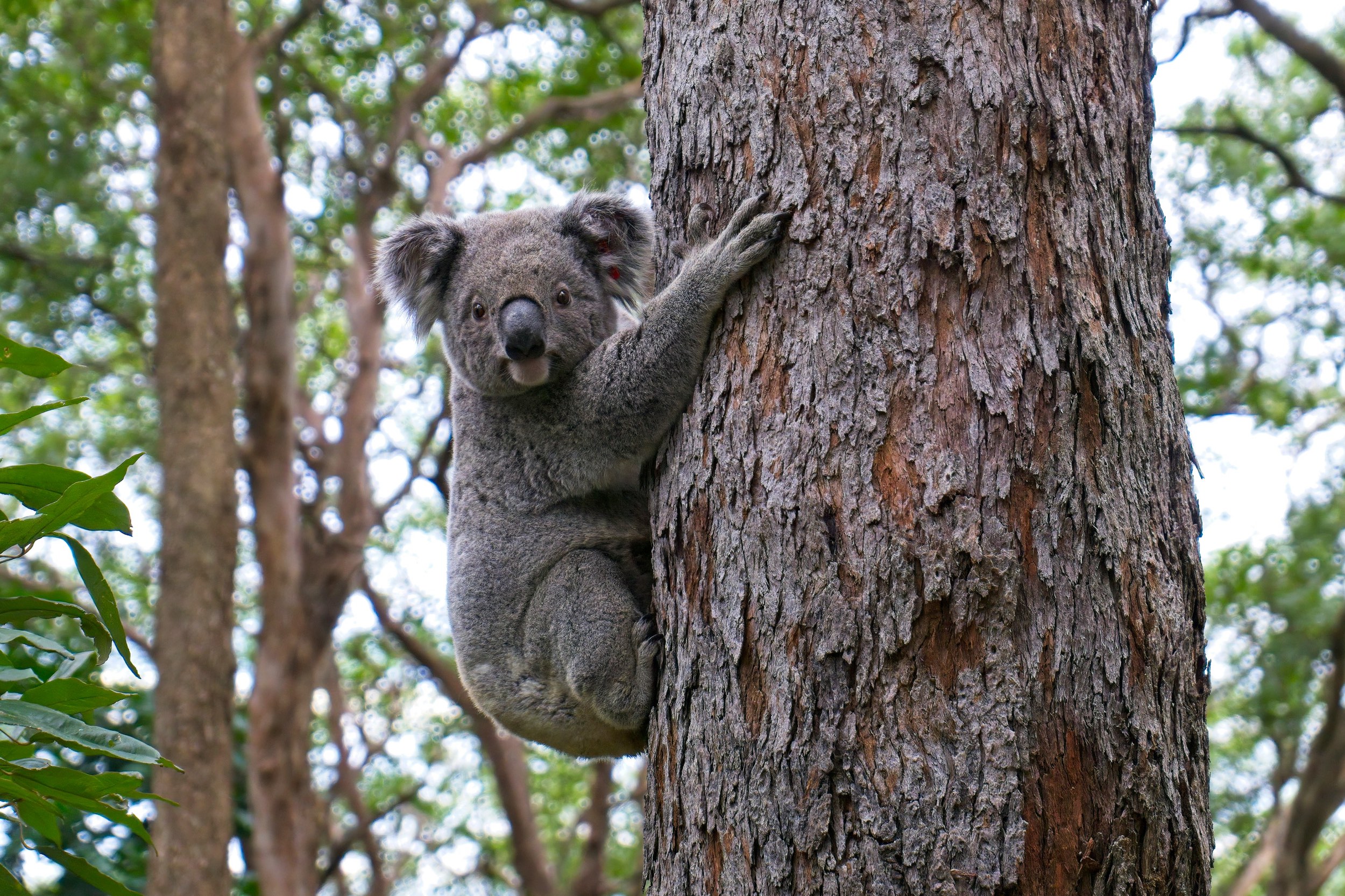
The area is also a hotspot for wildlife spotting, with koalas, goannas, and numerous bird species making their home in the surrounding park. During the migration season, Hells Gate becomes a vantage point for witnessing the majestic journey of whales across the ocean. This blend of natural beauty and wildlife makes Hells Gate Noosa a must-visit destination.
How to Reach Hells Gate Noosa
Hells Gate Noosa is within the Noosa National Park, a protected area known for its biodiversity and natural beauty. The park features a range of walking trails, with the coastal path leading to Hells Gate.
The journey to Hells Gate begins at Noosa Main Beach or you can park and start at Noosa Headland day use area. From there, a walking track passes through the national park, offering glimpses of the diverse flora and fauna along the way. The walk to Hells Gate is approximately 2.7 kilometres one way from the park entrance.
Visitors should allow about 45 minutes to an hour to reach Hells Gate from the park entrance. The coastal track to Hells Gate is well-maintained and signposted, making it accessible for most fitness levels.
Here are some tips for the journey:
- Wear appropriate footwear for the walk.
- Bring water and essentials as there are no facilities at Hells Gate.
- Stay on the designated paths to protect the environment and ensure your own safety.
- Check the weather forecast before planning your trip.
The Best Time to Experience Sunset at Hells Gate
Hells Gate Noosa is renowned for its breathtaking sunsets. The panoramic coastal views offer a spectacular display of colours over the Pacific Ocean as the sun dips below the horizon.
The exact time of sunset varies throughout the year. It can be checked in local timetables or online resources. The best time to visit Hells Gate is early morning or late afternoon to avoid the midday heat. However, for those seeking the perfect sunset shot, timing your visit to coincide with the golden hour is recommended.
The Majestic Coastal Views from Hells Gate
The lookout at Hells Gate offers a unique vantage point. From here, you can enjoy panoramic views of the stunning coastline and the vast Pacific Ocean.
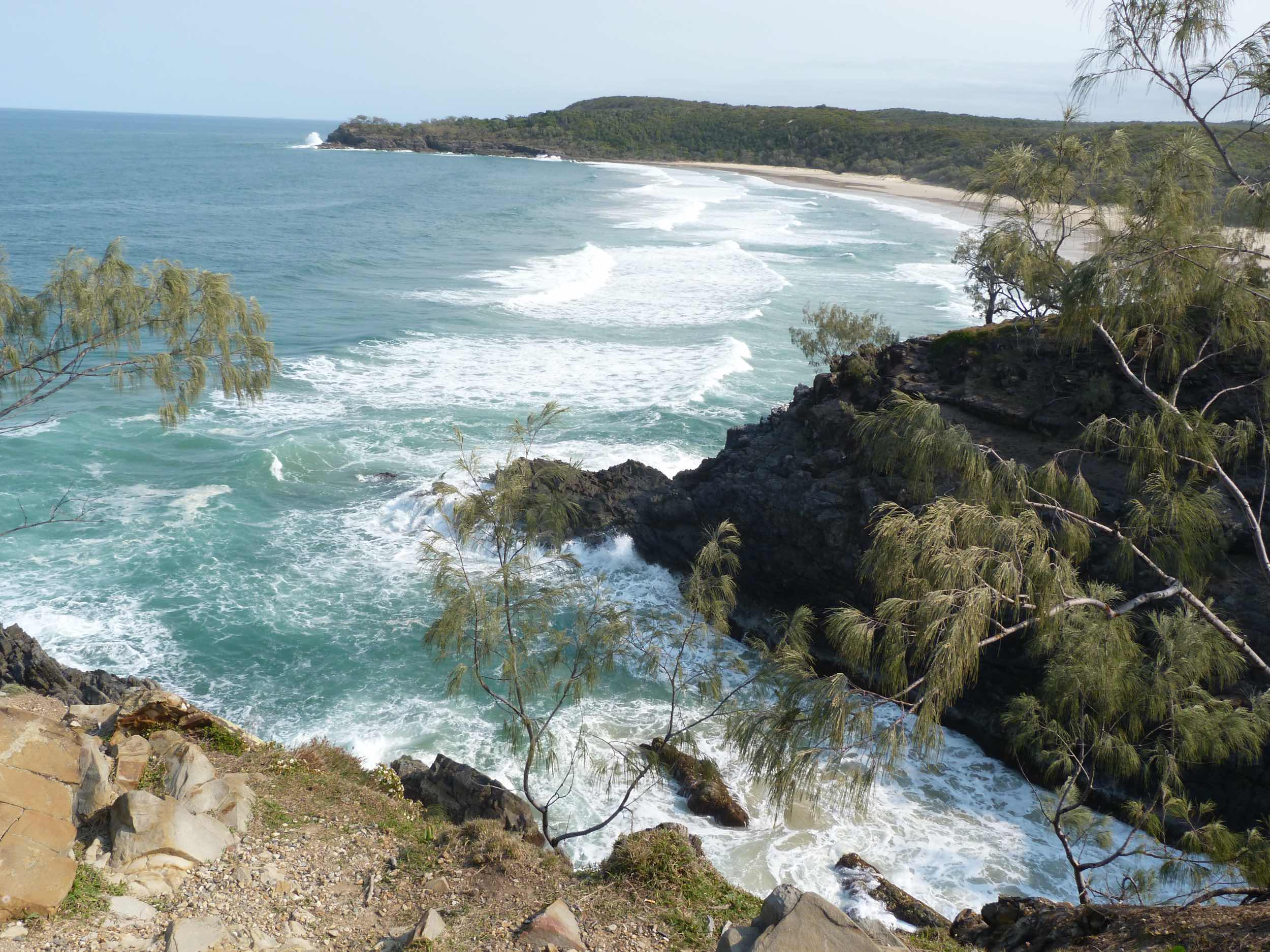
To the south, you can see Alexandria Bay, while the Noosa North Shore stretches out to the north. The dramatic cliffs and the rough seas combine to create a scene of raw, natural beauty that is truly awe-inspiring.
The Origins of the Name ‘Hells Gate Noosa’
The name ‘Hells Gate’ might seem ominous, but it is believed to be inspired by the dramatic cliffs and rough seas visible from the lookout. The rugged landscape, combined with the often turbulent ocean, creates a scene that could be likened to the entrance of hell, hence the name.
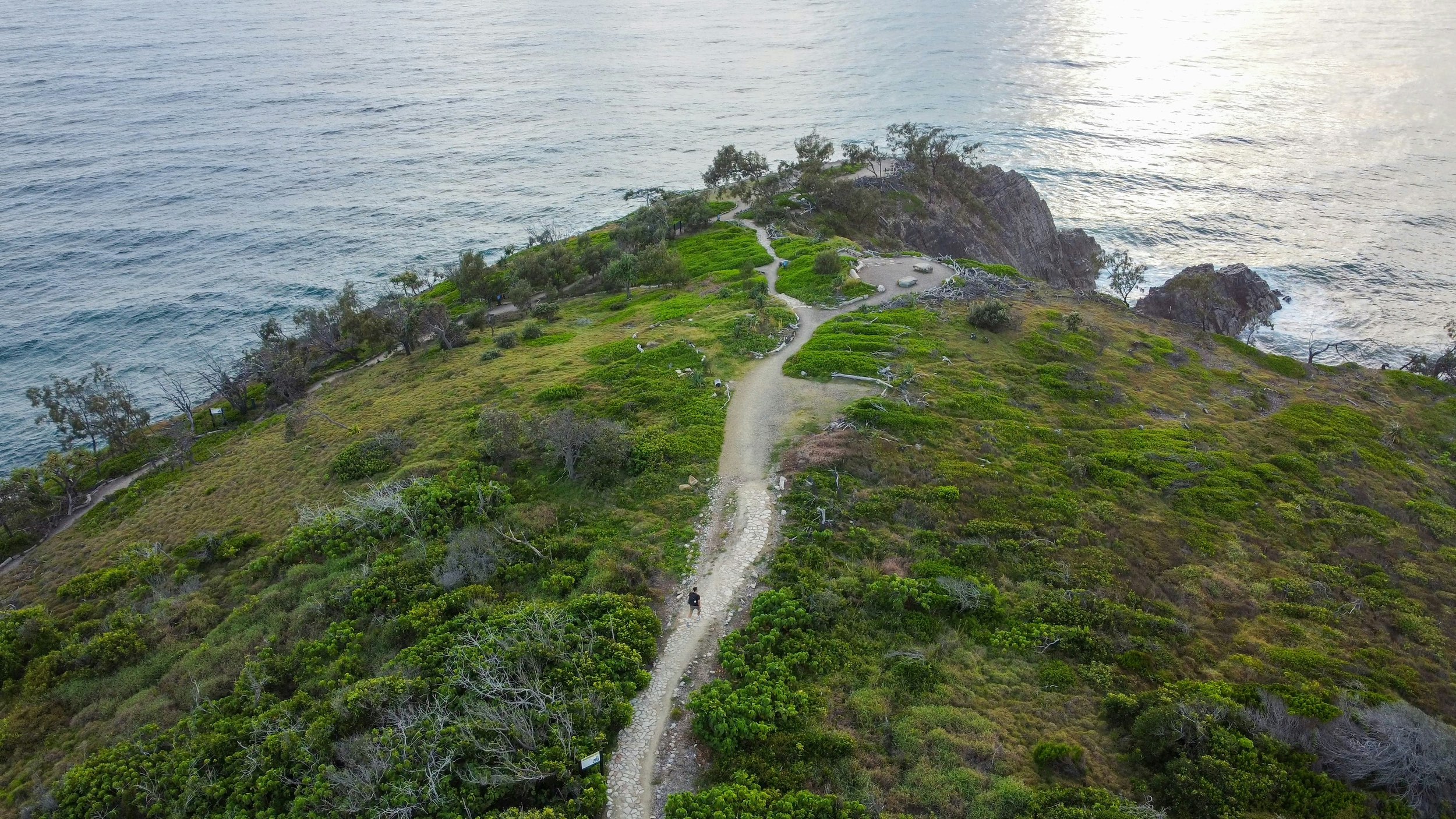
However, despite its daunting name, Hells Gate is a place of immense beauty and tranquillity, offering visitors a chance to connect with nature in its rawest form.
Geological Wonders: The Formation of Hells Gate
Hells Gate’s dramatic cliffs and rock formations are the result of millions of years of geological activity. The area was once a site of intense volcanic activity, which laid the foundation for the landscape we see today.
Over time, the forces of erosion, primarily from the ocean and wind, have sculpted the cliffs and rocks into their current form. The cliffs at Hells Gate are composed of sandstone and rhyolite, materials known for their durability against the elements.
This combination of volcanic activity and erosion has resulted in the unique and striking landscape of Hells Gate, a testament to the power and beauty of nature’s processes.
Flora and Fauna of Noosa National Park
Noosa National Park is a biodiversity hotspot, home to various plant and animal species. The park’s vegetation is dominated by banksias, eucalypts, and pandanus, providing a lush green backdrop to the coastal views.
The park is also a haven for wildlife. Visitors may spot koalas nestled in the trees, goannas scurrying across the walking paths, and a plethora of bird species. During the whale migration season, Hells Gate becomes a prime spot for whale watching, adding another layer to the rich tapestry of life in Noosa National Park.
Safety and Conservation at Hells Gate
Visiting Hells Gate is an adventure, but safety should always be a priority. The cliffs at Hells Gate are unstable, and visitors are advised to stay on the designated paths. This not only ensures personal safety but also protects the fragile ecosystem from human disturbance.
The area around Hells Gate is devoid of facilities. Visitors should bring water, sun protection, and other essentials. It’s also important to remember that the area is not accessible by car, and walking is the only way to reach Hells Gate.
Conservation is a key aspect of Noosa National Park’s management. Visitors are encouraged to respect the park’s rules, including not disturbing wildlife and taking litter back with them. These simple actions can help preserve the natural beauty of Hells Gate for future generations.
FAQs: Planning Your Visit to Hells Gate
Planning a visit to Hells Gate? Here are some frequently asked questions to help you prepare:
- How long is the walk to Hells Gate? The walk is approximately 2.7 kilometers one way from the park entrance. Allow about 45 minutes to an hour to reach Hells Gate.
- What is the best time to visit Hells Gate? Early morning or late afternoon are ideal times to avoid the midday heat. For a spectacular view, plan your visit around sunset.
- What should I bring? Bring water, sun protection, and wear appropriate footwear. Remember, there are no facilities at Hells Gate.
- Can I see wildlife at Hells Gate? Yes, the area is home to various wildlife, including koalas, goannas, and numerous bird species. During the whale migration season, Hells Gate is a vantage point for spotting whales.
- Is Hells Gate accessible by car? No, Hells Gate can only be reached by walking through the national park.
Hells Gate Noosa is a testament to the power of nature, a haven for wildlife, and a place of breathtaking beauty. Whether you’re a nature enthusiast, a photographer, or a casual visitor, Hells Gate offers an unforgettable experience. So, lace up your walking shoes, pack your essentials, and journey to one of Noosa National Park’s most stunning destinations.

